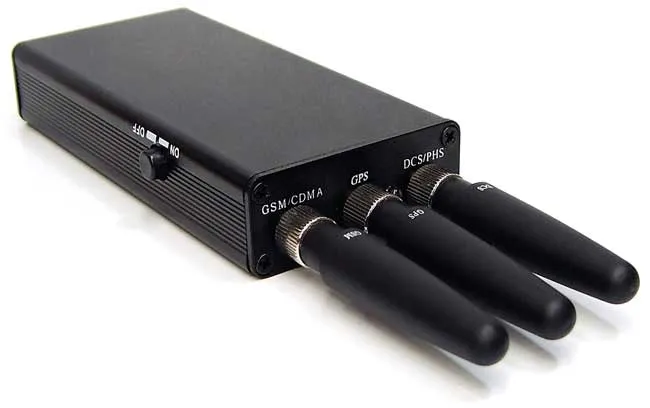GPS signal jammer is a technique used to hack drones. It involves sending false GPS signals to a drone to disrupt its navigation system and cause the aircraft to lose control. This paper discusses some of the effective techniques that can be used in hacking drones with GPS spoofing, and how they work.
GPS spoofing is one of the most threatening and dangerous hacking attacks on drones.
As you know, GPS spoofing is one of the most threatening and dangerous hacking attacks on drones. Drones rely on GPS to determine their location and navigate accordingly. Therefore, if hackers can confuse it by sending fake signals, they can do things like crash or take pictures without the drone knowing what is happening.
Science: A drone signal jammer, also called a drone jammer, is a device that emits radio waves in the same frequency range as a specific drone.
A drone jammer, also called a drone jammer, is a device that emits radio waves in the same frequency range as a specific drone. By simultaneously emitting radio waves, they can disrupt the communication between a drone and its remote control. In addition to disrupting communication between the drone and its remote control, they can also be used to prevent GPS signals from reaching the aircraft’s main computer system, making it impossible to determine its position or altitude.
The UAV will also land if it receives conflicting signals from the same source. This can happen if two or more sources transmit the same GPS coordinates to the drone. The drone is programmed to respond correctly when such signals are received. In this case, it will land on the ground and wait for further instructions.
GPS satellite signals can be manipulated. GPS signal jammer is one of the most threatening and dangerous hacking attacks on drones. There are two methods of GPS spoofing – direct injection and assisted spoofing.
Direct injection: In this method, the attacker uses an antenna or wireless communication to send a fake GPS signal directly to the drone’s receiver. The drone obtains its own position from this fake signal and uses it as a basis for positioning, instead of obtaining its own real-time position data via satellite navigation signals. This means that the drone cannot detect any difference between its actual position and where it thinks it is! This means that the drone cannot detect any difference between its actual position and what it thinks it is.
Assisted Spoofing: In this method, the attacker uses an external device that receives real-time navigation data from the satellite and forwards these signals to other devices, such as the drone, and then uses them to perform calculations instead of receiving the data directly from the satellite.
Read more: How To Find Broken Links on Your Website
